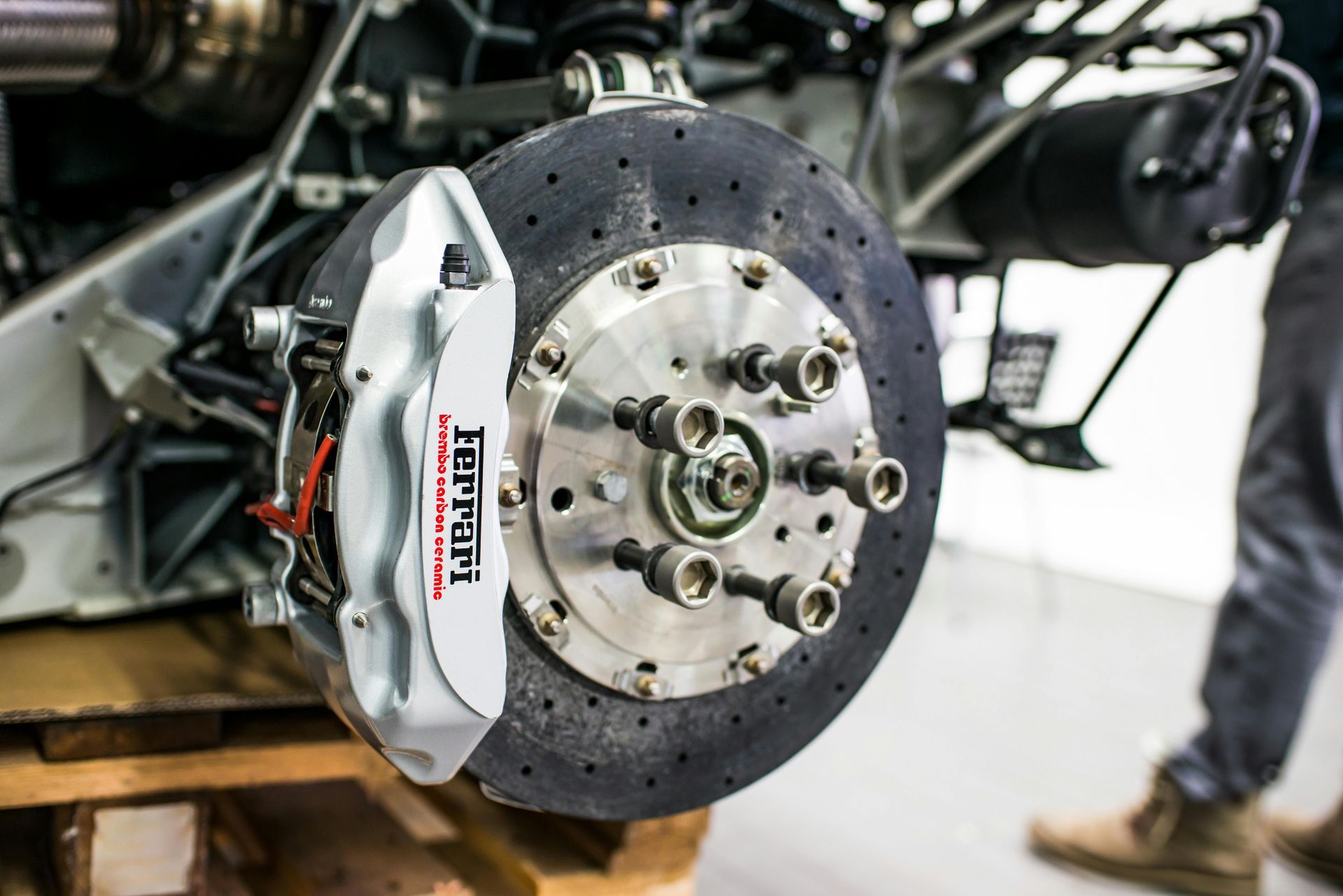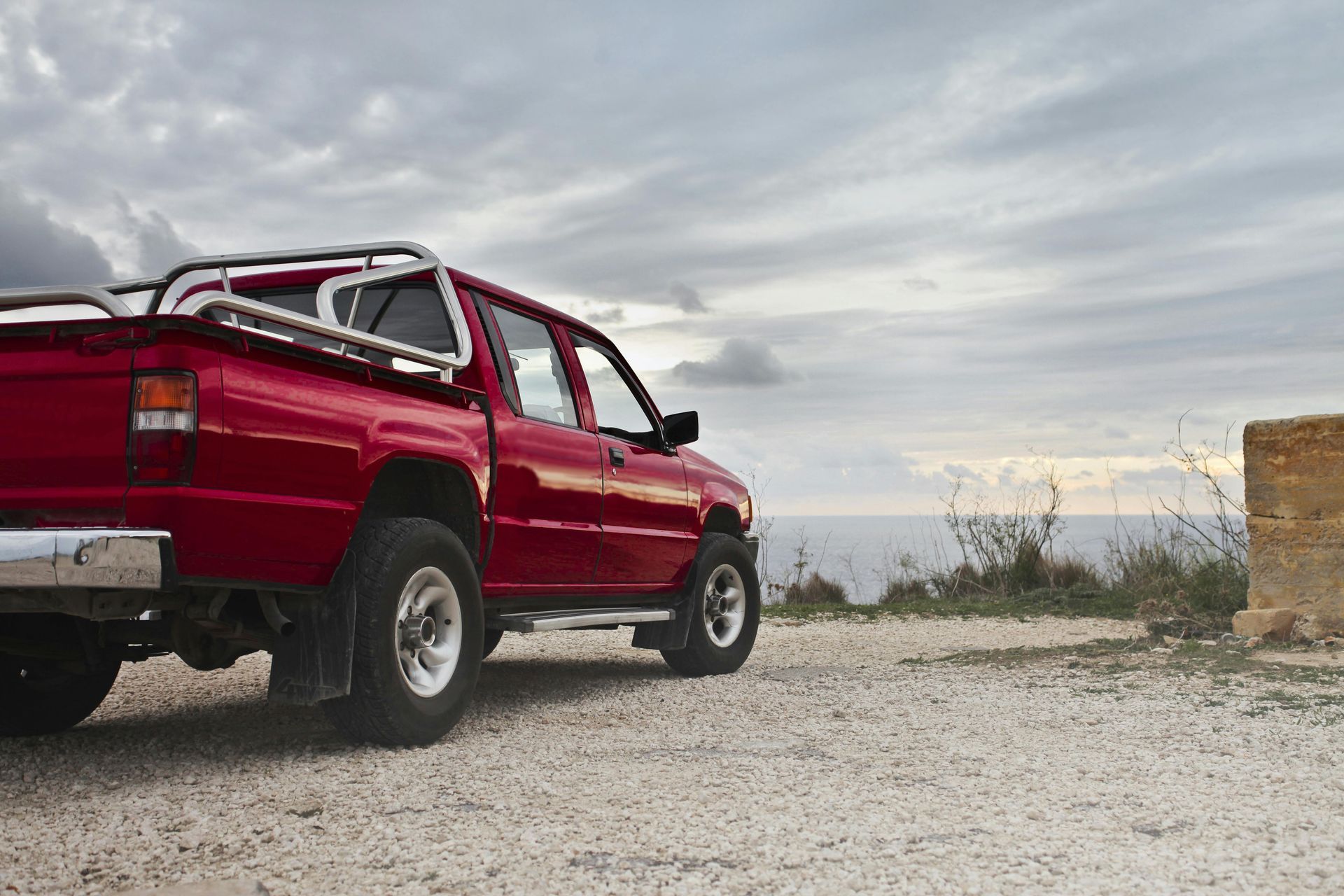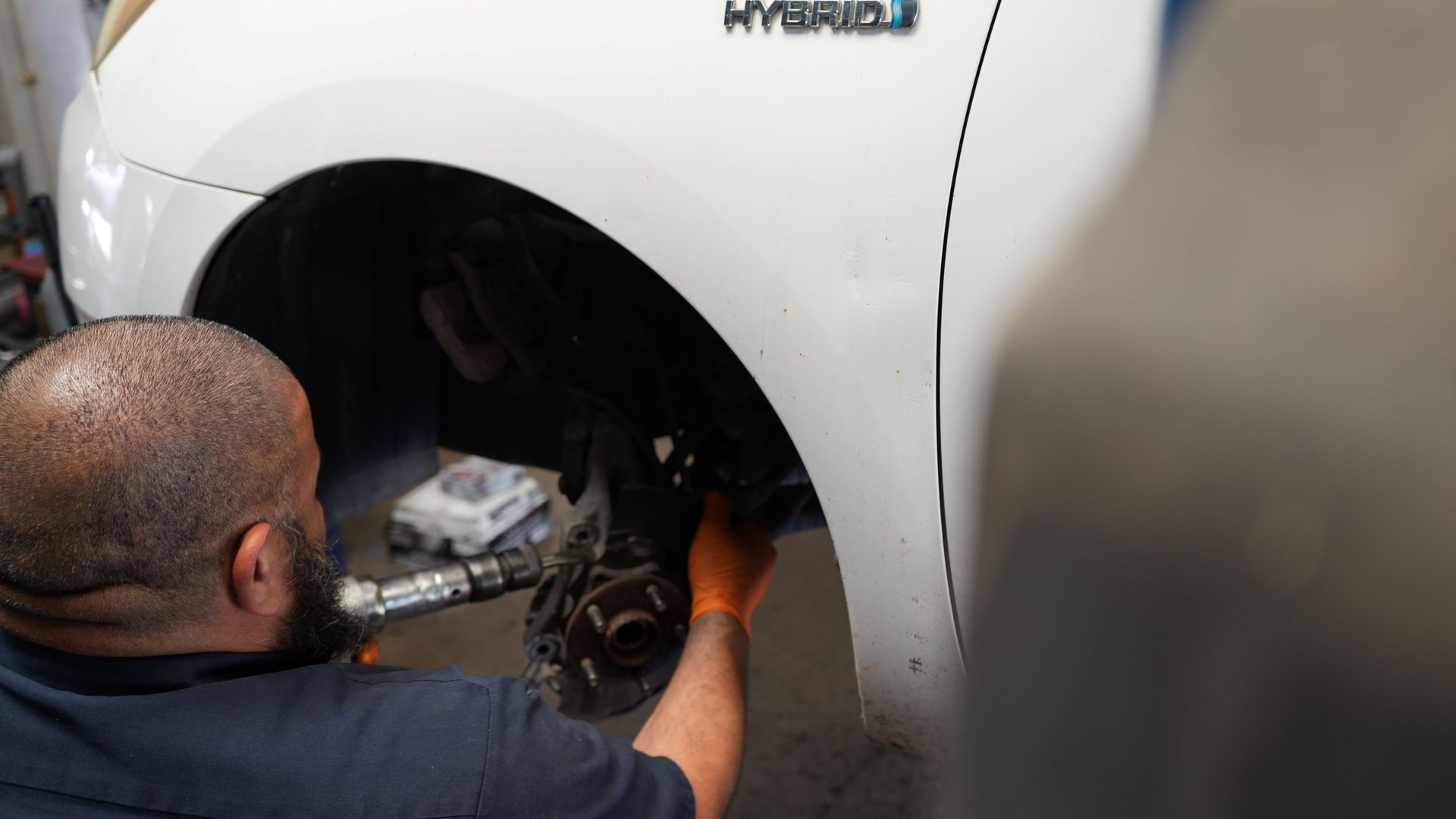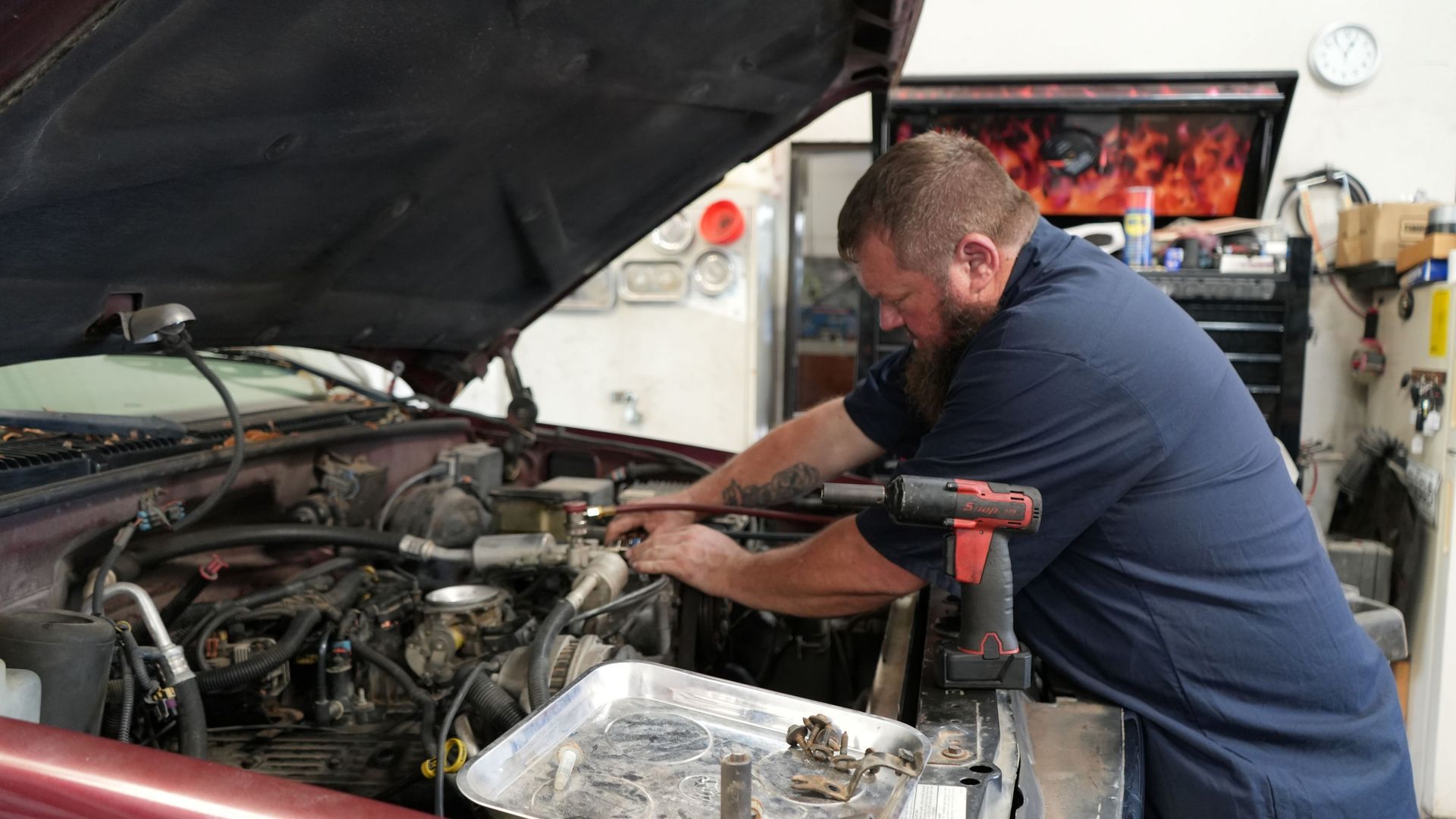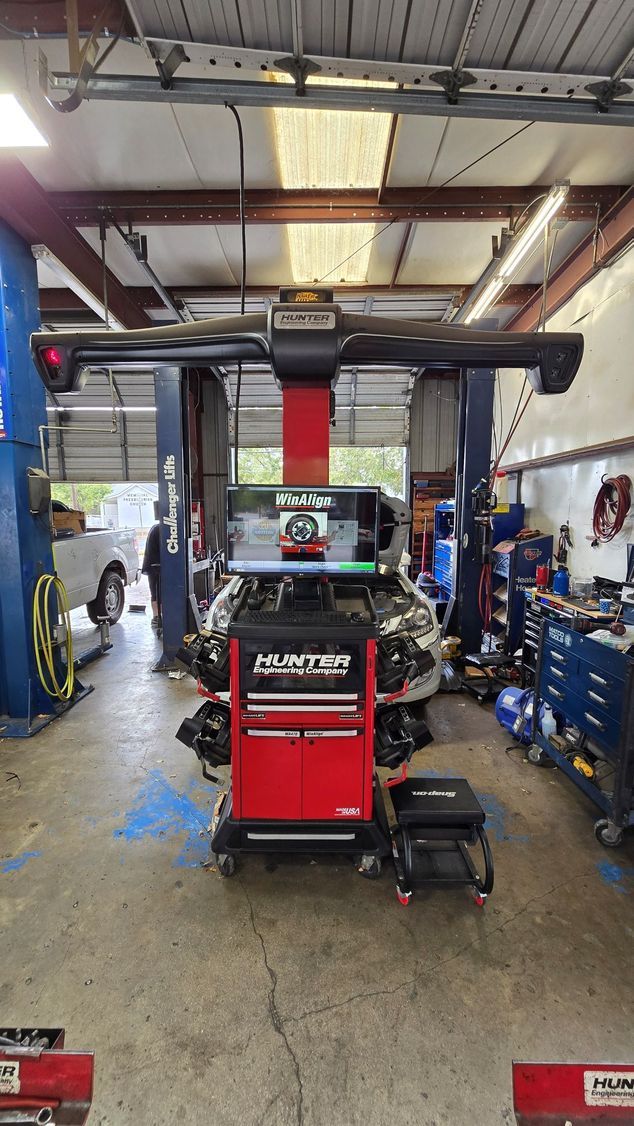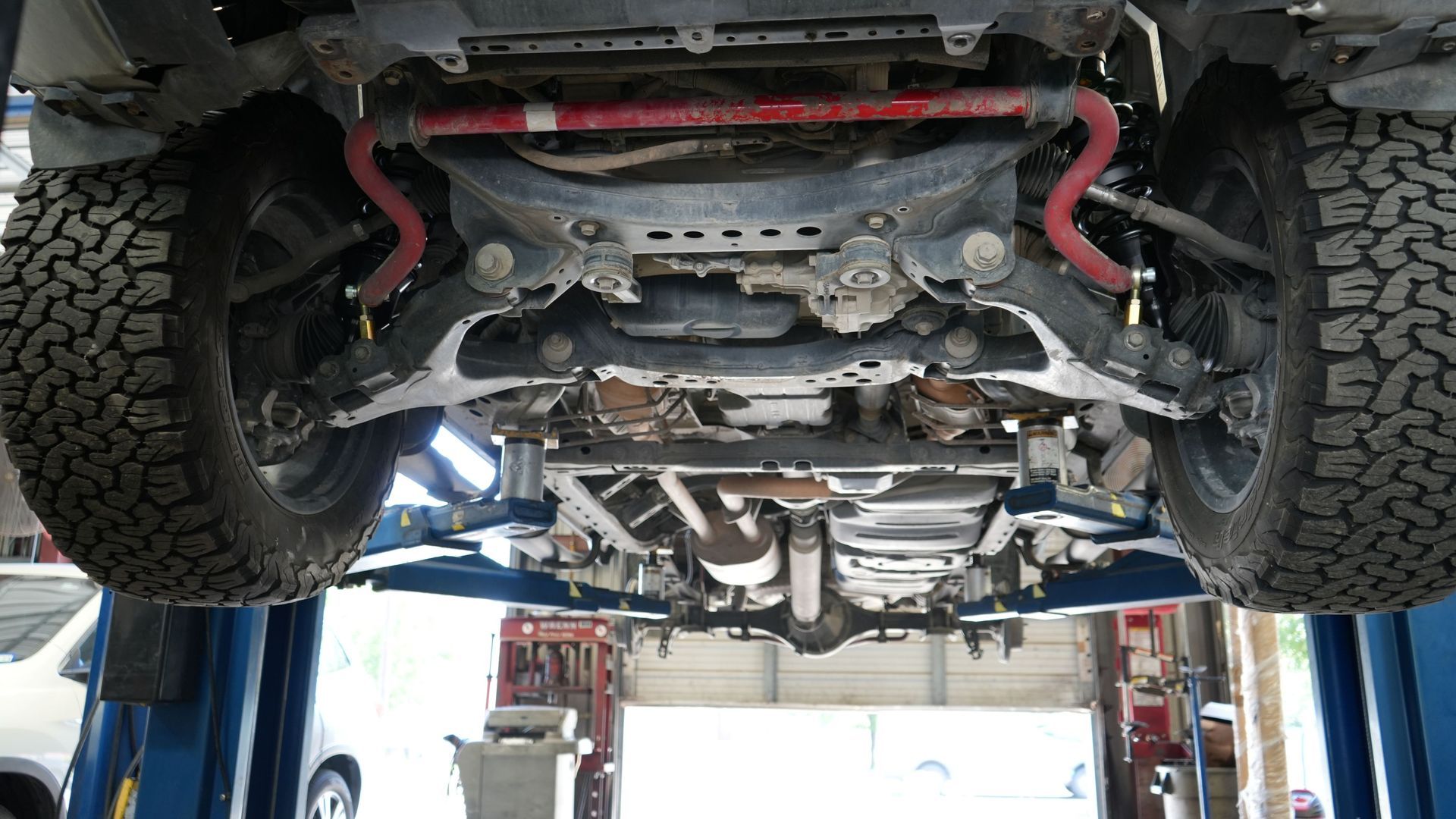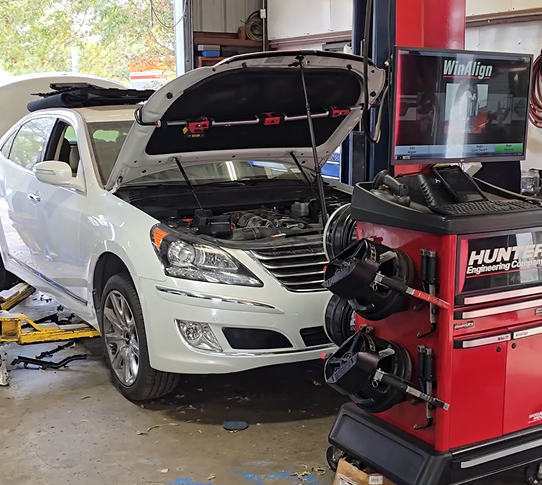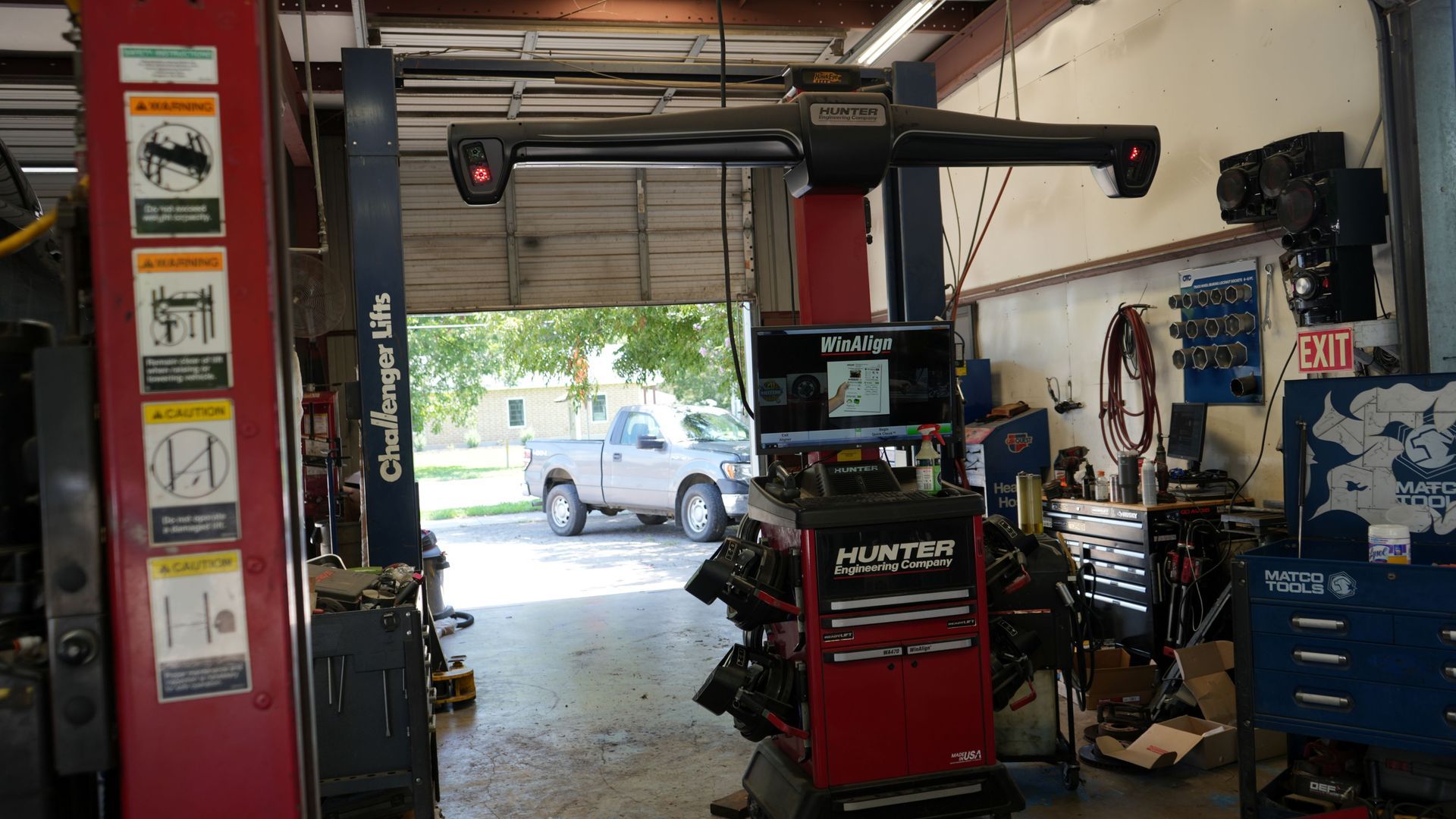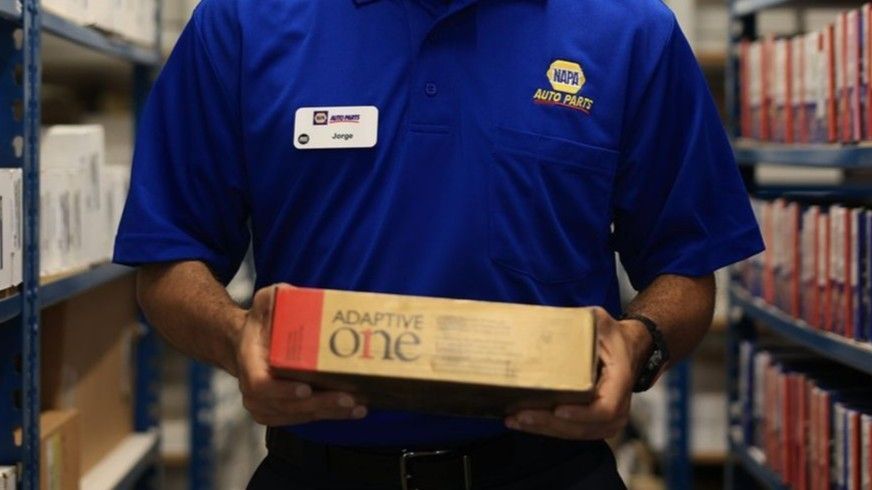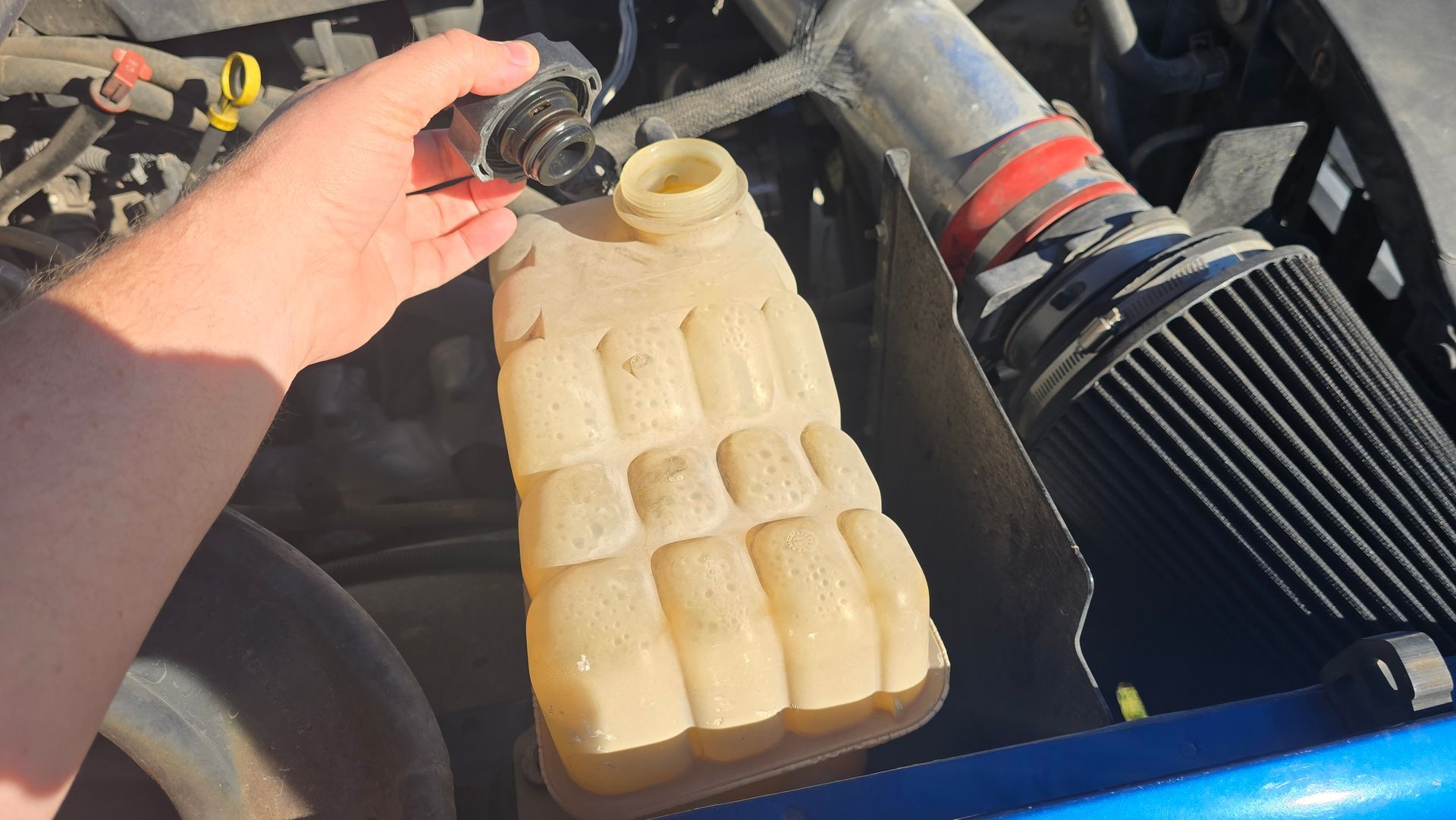How to Extend the Life of Your Vehicle's Air Conditioning
How to Extend the Life of Your Vehicle's Air Conditioning: Tips and Tricks
As the temperatures rise, your vehicle's air conditioning becomes a vital component of your driving comfort. However, like any other system in your vehicle, the air conditioning system requires regular maintenance to function efficiently and effectively. In this blog, we'll discuss the importance of maintaining your vehicle's air conditioning system, common issues that can arise, and provide tips on how to extend the life of your vehicle's air conditioning.
Why Air Conditioning Maintenance is Important
Your vehicle's air conditioning system is designed to provide a cool and comfortable driving experience. However, neglecting its maintenance can lead to:
- Reduced cooling performance: A poorly maintained air conditioning system can struggle to cool your vehicle, making driving uncomfortable.
- Increased fuel consumption: A malfunctioning air conditioning system can increase your vehicle's fuel consumption, as the engine works harder to cool the vehicle.
- Damage to other components: Neglecting air conditioning maintenance can cause damage to other components, such as the compressor, condenser, or evaporator, leading to costly repairs.
Common Air Conditioning Issues
Some common issues that can arise with your vehicle's air conditioning system include:
- Leaking refrigerant: Leaks in the system can cause the refrigerant to escape, reducing the system's cooling performance.
- Clogged air filters: Clogged air filters can restrict airflow, reducing the system's ability to cool the vehicle.
- Faulty compressors: A faulty compressor can prevent the system from cooling the vehicle.
- Malfunctioning thermostats: A malfunctioning thermostat can prevent the system from cooling the vehicle to the desired temperature.
Tips to Extend the Life of Your Vehicle's Air Conditioning
To extend the life of your vehicle's air conditioning system, follow these tips:
- Regularly check and replace the air filter: A clean air filter is essential for proper airflow and cooling performance. Replace the air filter every 12,000 to 18,000 miles, or as recommended by your vehicle's manufacturer.
- Check the refrigerant level: Ensure the refrigerant level is at the recommended level. Low refrigerant levels can reduce the system's cooling performance.
- Inspect the system for leaks: Regularly inspect the system for leaks, and repair any leaks promptly to prevent refrigerant loss.
- Use the air conditioning system regularly: Using the air conditioning system regularly can help to prevent the growth of mold and mildew, which can reduce the system's performance.
- Avoid extreme temperatures: Avoid parking your vehicle in extreme temperatures, as this can cause the system to work harder and reduce its lifespan.
- Have the system serviced regularly: Have the air conditioning system serviced regularly by a qualified mechanic to ensure it's functioning properly.
DIY Air Conditioning Maintenance
While some air conditioning maintenance tasks require the expertise of a qualified mechanic, there are some DIY tasks you can perform to help extend the life of your vehicle's air conditioning system:
- Check the air filter: Check the air filter regularly and replace it as needed.
- Check the refrigerant level: Check the refrigerant level regularly and top it off as needed.
- Inspect the system for leaks: Inspect the system for leaks regularly and repair any leaks promptly.
Professional Air Conditioning Maintenance
While DIY maintenance is essential, some tasks require the expertise of a qualified mechanic. If you're experiencing issues with your vehicle's air conditioning system, contact a professional mechanic to:
- Inspect the system: Inspect the system to identify any issues or leaks.
- Repair or replace components: Repair or replace any faulty components, such as the compressor or condenser.
- Recharge the refrigerant: Recharge the refrigerant to the recommended level.
Conclusion
Maintaining your vehicle's air conditioning system is essential to ensure it functions efficiently and effectively. By following the tips outlined in this blog, you can help extend the life of your vehicle's air conditioning system and prevent costly repairs. Remember, regular maintenance is key to preventing issues and ensuring your vehicle's air conditioning system provides a cool and comfortable driving experience.
At Quick Align Automotive, we offer a range of air conditioning services, including system inspections, repairs, and recharging. Contact us today to schedule your air conditioning maintenance appointment and ensure your vehicle's air conditioning system is functioning properly.
